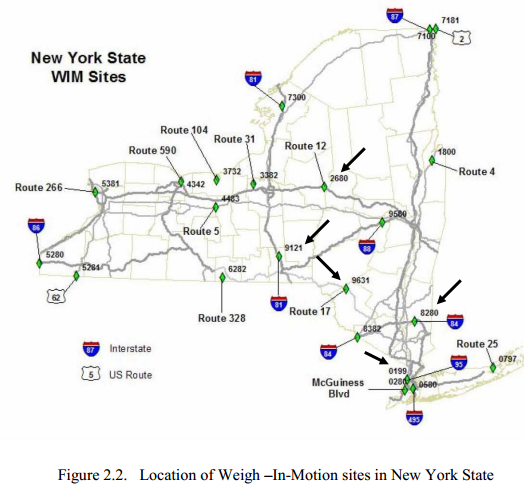Developing NY Statewide Equity Measures and a Synthetic Dataset for Analysis of Equitable and Sustainable Mobility Technology and Policy Deployments
New innovations in transportation to improve mobility and solve problems such as congestion are not always equitably distributed and do not impact all travelers equally. This project proposes to develop equity-based performance measures for Intelligent Transportation Systems (ITS) and new mobility technology implementations that can be used to ensure inclusivity of all users. Best practices will be studied from across the nation, and interviews will be held with local stakeholders to gain feedback.


